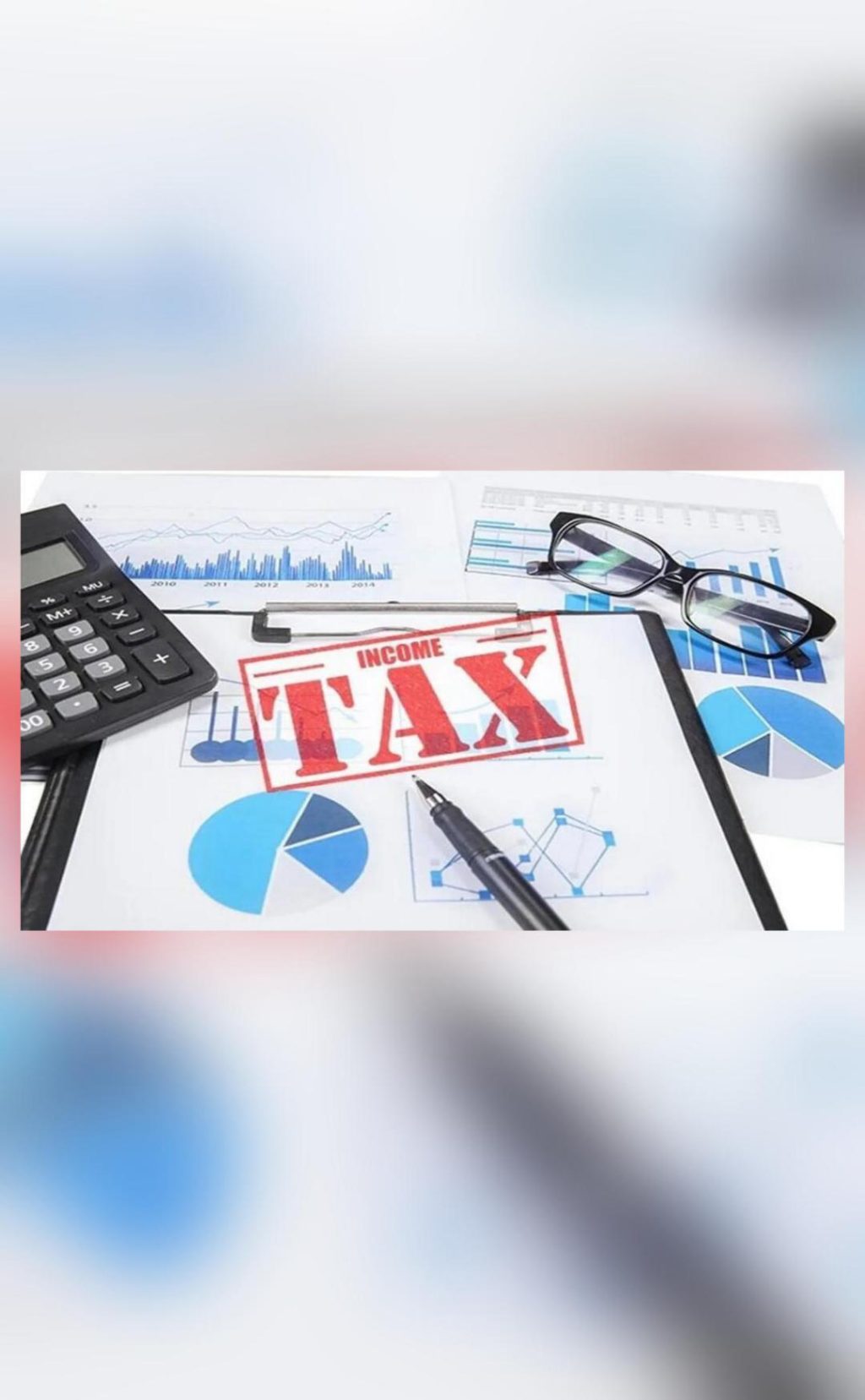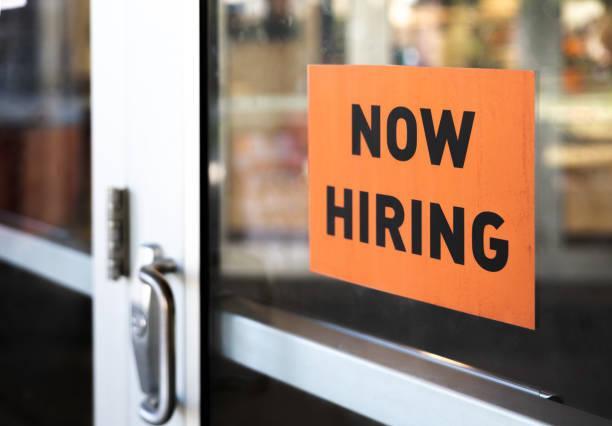
How Long Does it Take to Get a Tax Refund & When is it Applicable?
As the end of the financial year approaches, many individuals are busy filing their Income Tax Returns (ITRs) to avoid any potential penalties. One of the biggest concerns for taxpayers is when they can expect to receive their tax refunds. In this blog post, we will explore the criteria for receiving a tax refund and the timeline for processing the refund.
When is a Tax Refund Applicable?
A tax refund is applicable when the tax amount paid by an individual is more than their total tax liability based on their income in the financial year. This means that if an individual has paid more taxes than they are actually liable to pay, they are eligible for a refund.
E-Verification of ITR: A Crucial Step
To receive a tax refund, taxpayers must e-verify their ITRs. This process involves verifying the ITR form online using an Aadhaar-based one-time password (OTP) or a digital signature. E-verification is a mandatory step, and taxpayers can’t receive their refund until this process is completed.
Timeline for Processing Refunds
Once the e-verification process is completed, the Income Tax Department (IT department) takes about four to five weeks to process the refund. This timeline is applicable to both regular and e-returns. The IT department’s processing time may vary depending on the complexity of the return and the volume of returns filed.
Factors Affecting Refund Processing Time
While the IT department aims to process refunds within four to five weeks, there are several factors that may affect the processing time. Some of these factors include:
- Accuracy of ITR form: Inaccurate or incomplete information in the ITR form can lead to delays in processing the refund.
- Complexity of return: Returns with complex deductions, investments, or international transactions may take longer to process.
- Volume of returns: The IT department processes a large number of returns during peak filing seasons, which can lead to delays.
- Verification process: The IT department may require additional information or verification to process the refund, which can take additional time.
Tips to Speed Up Refund Processing
While the IT department’s processing time is not entirely under the taxpayer’s control, there are several tips that can help speed up the refund processing:
- Double-check ITR form: Ensure that the ITR form is accurate and complete to avoid any errors or delays.
- E-verify ITR: Complete the e-verification process promptly to receive the refund sooner.
- Use the correct bank account: Ensure that the refund is credited to the correct bank account to avoid any delays in receiving the refund.
- Avoid last-minute filing: File the ITR well in advance to avoid last-minute rushes and potential errors.
Conclusion
In conclusion, a tax refund is applicable when the tax amount paid is more than the total tax liability based on one’s income. To receive refunds, taxpayers must e-verify their ITRs. After e-verification is completed, the IT department takes about four to five weeks to process the refund. By understanding the criteria for receiving a tax refund and the timeline for processing refunds, taxpayers can plan accordingly and receive their refunds in a timely manner.






